The formula for Bite Beauty’s Matte Crème Lip Crayon is okay except for one glaring issue—they list a dye (Yellow No. 7) that’s not approved by the FDA for use in lip products. We contacted them for clarification (I’m hoping it’s a typo), but they did not respond. Bite’s Amuse Bouche is Sneaky thanks to its second ingredient, glyceryl rosinate, which has an EWG/Skin Deep score of 6, as well as a couple of other mildly concerning ingredients. (Note: Bite’s High Pigment Lip Pencil and Multistick are Okay Stuff.)
With several colored lip products now available, Burt’s Bees has come a long way since the lip balm that became their best seller in the 1990’s. We had several questions after looking into the ingredients used in their Lipstick, Lip Crayon, Gloss Lip Crayon, Lip Gloss, Lip Sheer, Lip Shine, and Tinted Lip Oil products, but customer service provided only shallow and unhelpful responses. These lip products are probably a lot safer than most of what you’ll find at drug stores and other big retailers, but I can’t call them Good Stuff or Okay Stuff without knowing more about the castor seed oil they use, what’s in their flavor/aroma ingredients, whether they screen for heavy metals in their earth-derived pigments, etc.
Clinique’s Almost Lipstick in Black Honey has been a cult favorite for decades, and it does get some points for being paraben-free and fragrance-free and having a short list of ingredients (just seven, plus color additives). Unfortunately, it’s made with concerning ingredients such as conventional castor seed oil, two other ingredients derived from what I assume is conventional castor seed oil, and polyethylene. Black Honey isn’t going to kill you, but it’s definitely not Good or even Okay Stuff.
Jane Iredale Playon Lip Crayon is Sneaky Stuff thanks to a complicated ingredients list, including conventional castor seed oil, myristyl lactate, PPG-3 myristyl ether, and diethylhexyl adipate. Lip Fixation is a lip stain and lip gloss combo. I like the lip gloss (it’s made with a handful of natural, easy-to- recognize ingredients, none of which raise any flags), but the lip stain contains silicone-based ingredients of which I’m wary. (Note: Jane Iredale PureMoist Lipstick is Okay Stuff.)
Josie Maran Argan Love Your Lips Hydrating Lipstick is Sneaky thanks to several concerning ingredients (such as dimethicone, polyethylene, parfum, convetional castor seed oil, limonene, and geraniol), a long ingredients list (I counted almost 30, not including colorants), and lots of synthetic or highly processed ingredients with limited safety data. (Note: Josie Maran Argan Color Stick is Okay Stuff.)
LipSense wasn’t on my radar when I wrote this guide, mostly because they use some bad ingredients and don’t seem to have anything redeeming as far as good ingredients go. I’m not sure why they have such a big following among my readership, but Lipsense is definitely Sneaky Stuff.
Maia’s Mineral Galaxy—despite that great name;)–is Sneaky Stuff. The company claims to offer “a line of natural mineral makeup made from pure botanicals…non-synthetic, non-fragrant, non-toxic, and chemical and artificial color free,” and several of their Mineral Lipstick hues are even EWG Verified. But when you look closely at their ingredients, their claims do not hold—for instance, they do in use some synethic ingredients (including FD&C dyes), not to mention mineral ingredients themselves, such as iron oxides, which are usually synthetically derived. Boron nitride, which is synthetically derived, is the primary ingredient listed for several of their lip products. I’m okay with these ingredients, but I’m wary of Maia’s Mineral Galaxy based on the inconsistencies and the fact that they didn’t respond to multiple attempts to contact them for clarification.
Tarte may be the sneakiest of the Sneaky Stuff. They tout their products as “high-performance naturals,” but a look at the ingredients in their lip products reveals a lot of synthetic and highly processed ones, some of them more concerning than others. Many of the truly natural ingredients in their lip products are not the primary ingredients, and none of them are organic. In Tart’s lippie lingerie matte tint, Amazonian butter lipstick, and Drench lip splash lipstick, we found sketchy ingredients such as polypropylene (a plastic), silicone-based ingredients, limonene and linalool, parfum/fragrance, glyceryl hydrogenated rosinate (an irritant and penetration enhancer with an EWG/Skin Deep score of 5), and BHT (a toluene-based preservative).
There’s a good chance that W3LL People’s lip products are Good Stuff, but I can’t find consistent ingredient lists (on their website or other retailers’), and we’ve tried multiple times (without success) to contact them for clarification. For example, their website currently lists only safflower oil and colorants for their Nudist Colorbalm, which most certainly contains many more ingredients. Also, they claim to use only natural ingredients and “no nasties” like dyes, but they do use FD&C dyes (which are synthetic) in some of their lip products, like the Nudist Multi Use Cream (formerly Universalist Multi Stick) and Bio Extreme Lipgloss. I am okay with these colorants, but W3LL People needs to get their facts straight and provide accurate ingredient listings on their website.

































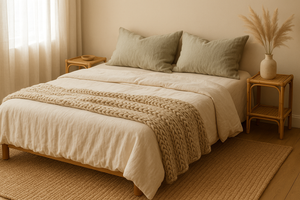

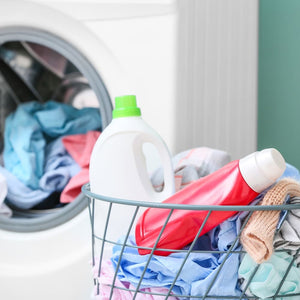
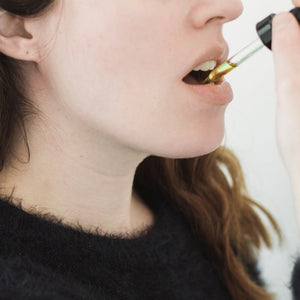
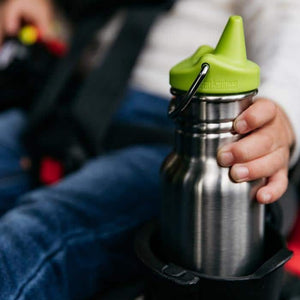
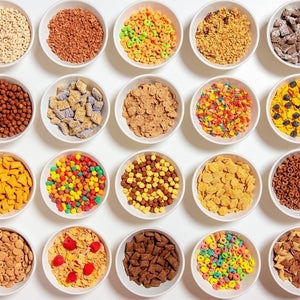


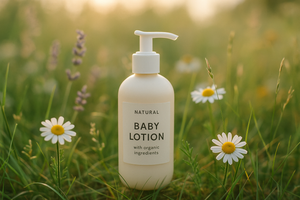
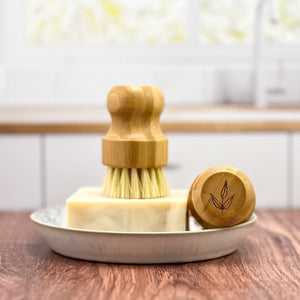
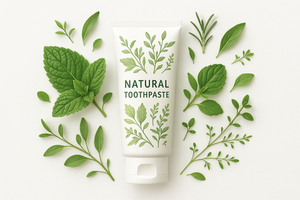


118 comments
Lisa Stone
*Rel Beauty lip balms
Lisa Stone
This is so helpful! Thank you! Would love if you could look into Highr Collective lipsticks and Rel lip balms. They look like good stuff to me but I would love your opinion. Thank you :)
Melissa
I’d love to know if Pacifica cosmetics are good stuff.
Melissa
I’d love to know if Pacifica cosmetics are good stuff.
Lauri
I’ve been using Maybelline Super Stay lipstick for 2 decades. How dangerous is it to use, and should it be on the DON’T USE list? It seems that everything we’ve been sold is NOT safe to use. Thank you ??